Alun “Woody” Woodward, Coach, ironguides.net
As the New year is well under way its a great time to take a step back and review where you are with your training. We all get over excited with the start of the new year and push harder in training with the prospect of racing again now much closer!
While the race season is indeed approaching rapidly in training terms it is still quite a way in the distance and now is not the time to be training all guns blazing with the end goal in sight! Most of you will be training for a major Ironman race mid summer which is likely to be around 5-6 months away still and right now your focus should still be on building the base of speed and strength before any major endurance work begins.
While speed and strength is what we are looking to build at this time of year we must remember that this building process has to be a step by step, imagine building a house we have to go one brick at a time in order to have a well structured house. The new year always brings that little bit of extra enthusiasm in some athletes and at the same time fear in others that forces us to push a little bit too hard and try to rush the gains in fitness. The results of this enthusiasm are clear to see with the body, if we are pushing too hard then breakdowns will start to occur. These breakdowns can be in the form of illness due to a compromised immune system or small niggles or injuries from pushing the muscles too hard too soon.
Sickness
Illness is inevitable at some point, there is no way we can avoid this but if you are constantly falling ill every 2-3 weeks then this is a sign your immune system has been comprised. When we train we are putting our body under stress and this stress is needed in order to stimulate progress in fitness. If we do not allow the body enough recovery when training then stress levels build up and the result is a compromised immune system than is not able to ward off sickness as easily as normal and so we end picking up more infections.
Our training programs are designed with recovery build in but if you start pushing a little harder than planned in your sessions then the recovery in that plan will no longer be sufficient to the work load.
So if you have found you are getting sick more than normal recently maybe its time to review your training plan and check you are training at the right levels and not pushing too hard. Pushing too hard is not only something that occurs on your hard key sessions but more often than not it is the long easy endurance sessions that are designed to be slow and steady that end up being done with too much intensity that lead to breakdowns.
I find this is a major problem especially with runners who come to triathlon with the mentality that long runs need to be done at marathon pace, we have to remember that we are triathletes and we have residual fitness coming from 3 sports so the specific requirements of certain sessions to a single sport athlete are not always the same to us! The long run in our programs is for many an active recovery session designed to deliver more oxygen to tired and recovering muscles and speed up recovery from the intensity of previous sessions.

Injuries
If your training and have a little injury or niggle going on then now is the time to get this looked at and do something to remedy the problem, all too often we think these issues will just go away and we ignore and train through the pain. What happens when we do this is not only do we make the existing injury worse and delay any healing process we also invite compensatory injuries to take place. For example of you have a sore hip going on when you run, if you do not fix this problem and keep on training your running mechanics will be altered to compensative for any lack of movement in this area and resultantly you can expect to start developing tightness in your legs and this can eventually lead to further injuries.
Pain when you move is not normal and should not be ignored, seeking professional help at the time of injury can get you back on track very quickly whereas waiting until the pain is so bad you simply can’t train anymore before seeking help will put you out of action for a long time. It may be a case of simply getting some massage or changing position on the bike so seek help and make sure you do not lose precious training time.
We all watch and read about the stars of our sport and how they train and we can read about amazing swim, bike and run sets but what we rarely see is the little things they do on the side of their main program to keep there bodies in one piece and maintain training consistency. We all tend to develop little issues such and a tight back, achilles pain, knee pain etc. These are most often caused by muscle tension brought on by slightly off perfect mechanics. The more you train the more these issues are highlighted and the more problems exist, successful athletes are not the athletes who have perfect mechanics and do not get these issues they are the athletes who make sure they look after the side effects of these poor mechanics regularly with stretching, foam rolling, massage or corrective exercises.
Patience is key right now, great results and breakthrough performances do not come from big sessions and pushing harder in certain sessions they come from consistent training over long periods of time, always remember consistency is key and sickness and injuries are the two major obstacles to your consistency.
Enjoy your training.
–
Train with ironguides!
Download our free e-Book “Triathlon Secrets” – Training methods of olympic medalist, ironman and world champions revealed
Personalized Online Coaching: Starting at USD190/month
Monthly Training plans (for all levels, or focused on one discipline): Only USD39/months
Event based training plans:
Sprint Distance (USD45 for 8-week plan)
Olympic Distance (USD65 for 12 week plan)
Half Ironman (R$95 for 16-week plan)
Ironman (USD145 for 20-week plan)
X-Terra (USD65 for 12-week plan)
Running Plans (10k, 21k and 42k – starting at USD40)
More info at www.ironguides.net



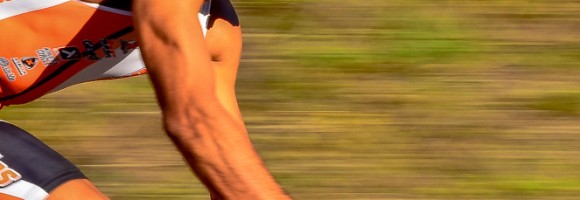




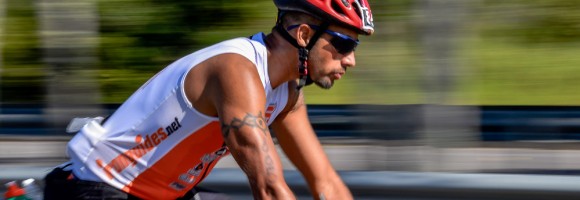
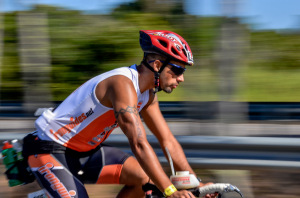


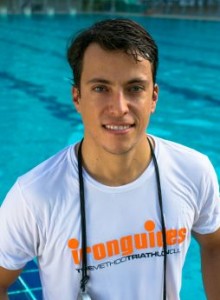

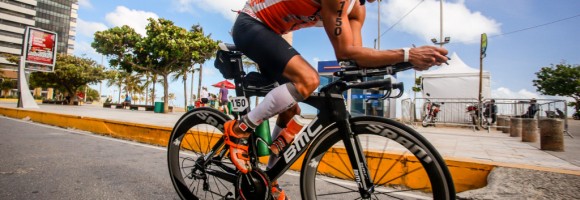
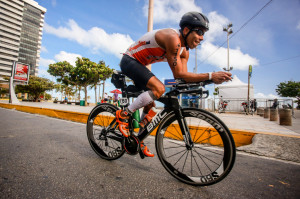

Recent Comments